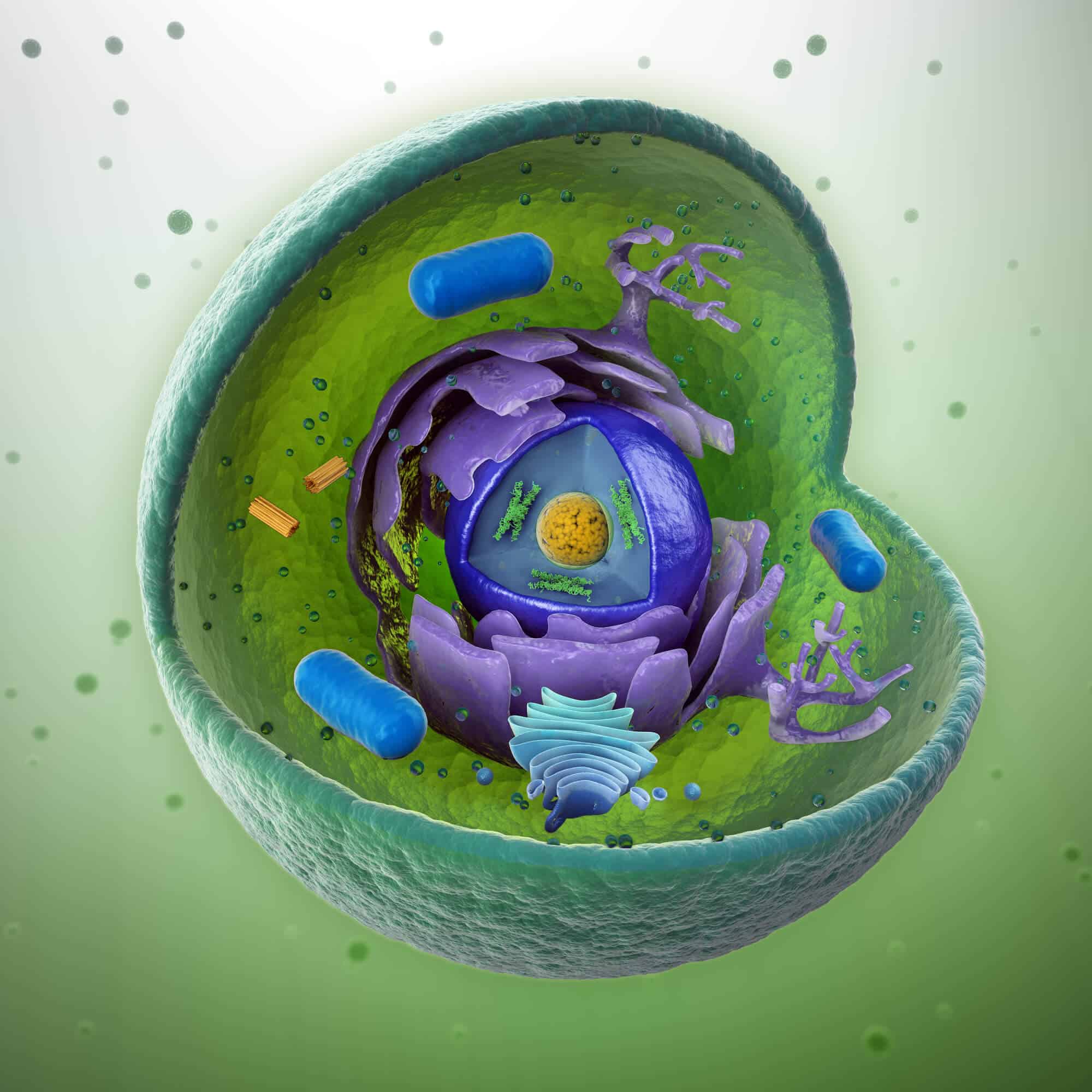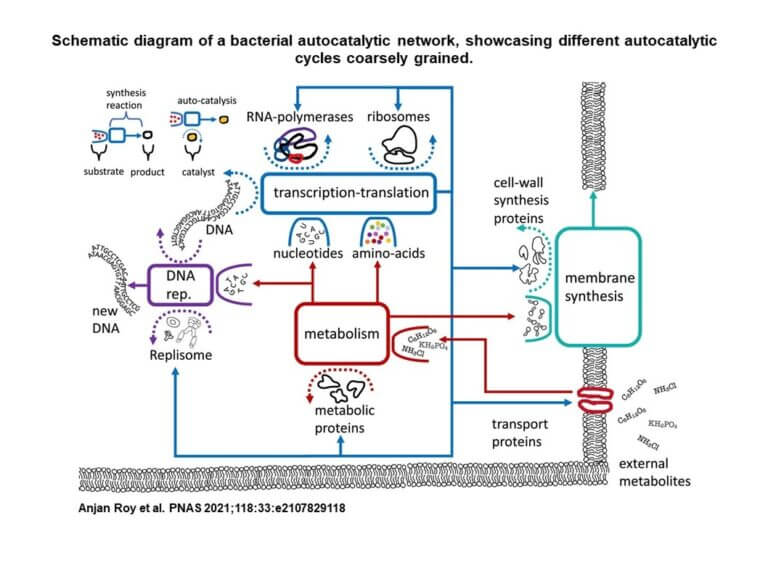An examination of known growth laws that were discovered recently, led to the discovery of new growth laws

For more than 100 years, biological researchers have been asking the question - what determines the rate of cellular growth in a given environment? At the same time, economists asked a similar question: what are the factors that determine economic growth?
In the 70s of the last century, a research group known as the "Copenhagen school" found a law that links the growth rate of salmonella bacteria to the rate of protein production in the cell by ribosomes. In 2010, it was Prof. Terry Hawa and his associates who formulated a mathematical law for the first time and generalized it so that it would also be valid in different environments and in the presence of varying concentrations of antibiotics that attack the operation of ribosomes. These laws, which link the activity of the ribosomes to the growth rate of the cell, are called the "bacterial growth laws", and in their ability to provide a comprehensive quantitative picture of the activity of the bacterial cell.
Although these laws have been very successful, cases have been observed in which the law of growth predicted a result that did not materialize in the experiment, in particular, when antibiotics were used that disrupt the action of RNA polymerase, which reproduces the information stored in the genes into molecules that carry the instructions for building proteins, which the ribosome translates .

This was the entry point of the research group from Ben-Gurion University of the Negev, led by Dr. Rami Pugach from the Department of Industrial Engineering and Management. Dr. Pugach and his team, the postdoctoral researcher Dr. Anjan Roy and the doctoral student Dotan Guberman, were aided in understanding the processes of cellular replication and an economic model developed in the 50s by Nobel laureate in economics, Vasili Leontief , who explained economic growth as the product of interactions between different sectors of the economy. According to Leontief, to ensure sustained growth, each sector must produce goods in the quantities required by all other sectors, including self-consumption.
In living cells, including bacterial cells, continuous growth is also achieved when all sectors receive a continuous and sufficient supply. But unlike economics, in all cells known to science there is a special productive sector called the "transcription-translation mechanism", of which ribosomes and RNA polymerase are a part.
"The reproduction-translation mechanism is an embodiment of the idea of the universal machine invented by John von Neumann, one of the giants of the spirit and science of the 20th century," explains Dr. Pugatch. "The universal machine is a machine that can, by way of translating instructions, produce any other machine, including copies of itself." The transcription-translation machinery of bacteria is a universal mechanism that knows how to read instructions coded in genes and produce all the machines in the cell and is also able, through a self-assembly process, to produce copies of itself.
"The reason for the deviation from the known growth laws in some cases is related to the fact that the ribosome does not see everything, but is part of a set of machines that make up the universal machine - which reproduces-translates the information stored in DNA. When the antibiotics attack the replicating machine and not the translating machine, the assumptions underlying the normal growth law are no longer valid, and a different formula is needed, which we developed so that we can predict the effect of the antibiotics on the growth rate," says Dr. Pugach.
By comparing the bacterial system to a growing economy in which the leading sector of production is the transcription-translation sector, and with the help of a research grant from the National Science Foundation, the scientists were able to derive a variety of new mathematical growth laws that explain in detail how growth is affected by temperature or the presence of antibacterial substances.
Life itself:
Rami Pugach is a senior lecturer in the Department of Industrial Engineering and Management and a research fellow at the Abdus Salam Institute of Theoretical Physics in Trieste, Italy. He is addicted to ramen and espresso, and usually teases those around him with quotes from the Chamber Five. In his free time he deals with a variety of issues. Being skeptical of Dana's advances he also refuses to take comfort in knowing that he will be fine. Married to a doctor, they have two daughters, a son and an Italian Spirit Dog called Snupkin. I recommend the book "Adam returns home" by Yoram Eshat. He had long experimented with writing about himself in the third person and found it disturbingly satisfying.
More of the topic in Hayadan:
